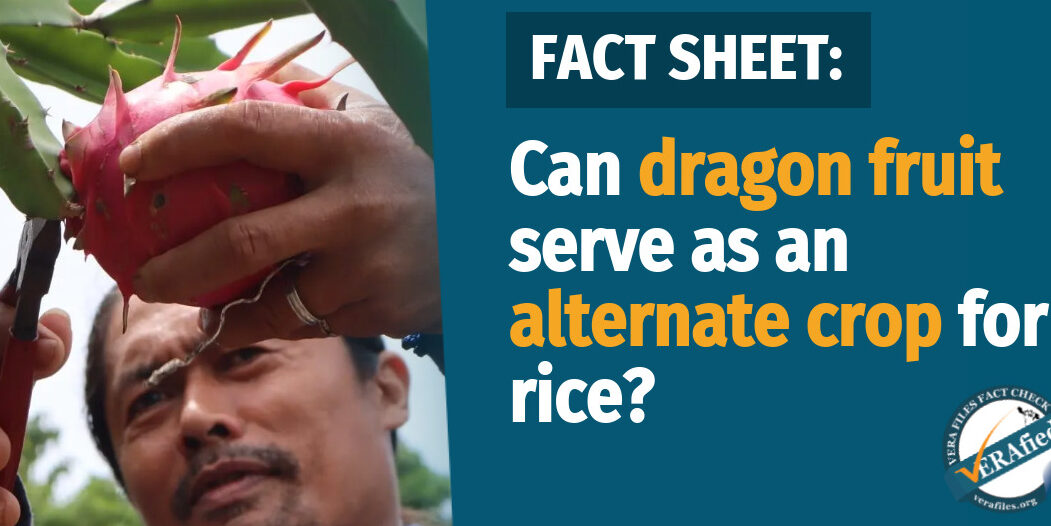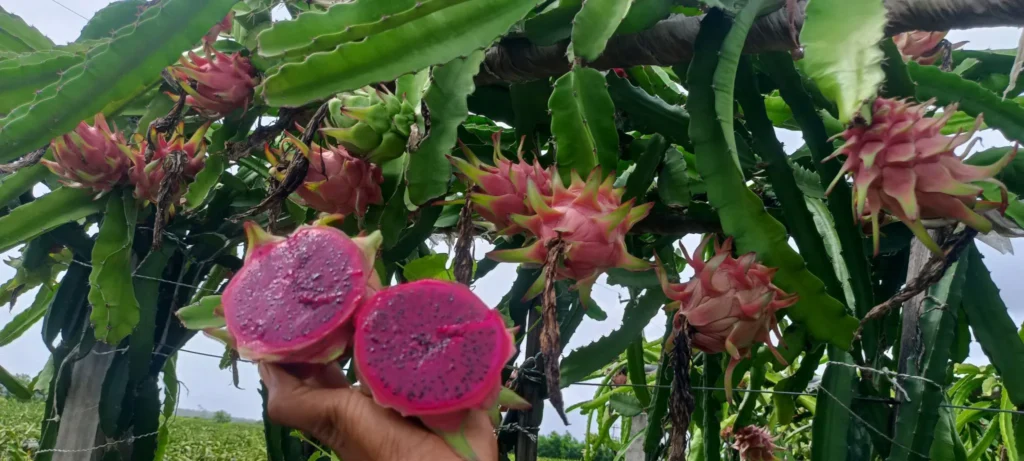Among the myriad possibilities, the notion of dragon fruit emerging as an alternative for rice cultivation warrants exploration. In the ever-evolving realm of agriculture, the quest for sustainable practices and diversified crop options is perpetual. Let’s embark on a journey to dissect this intriguing proposition and unravel the potential implications.
Table of Contents

Understanding the Dynamics
A Brief Introduction to Dragon Fruit
Dragon fruit, a tropical delicacy, entices with its otherworldly appearance and subtle sweetness. Originating from various species of cactus, it flaunts vibrant hues and a distinct texture, captivating consumers worldwide.
The Significance of Rice Cultivation
Rice stands as a staple crop, ingrained in the cultural and culinary fabric of numerous societies. Its cultivation spans centuries, sustaining populations and shaping agricultural landscapes.
Evaluating Feasibility
Environmental Considerations
Water Requirements: A Critical Factor
Rice cultivation is synonymous with water-intensive practices, relying on flooded paddies for optimal growth. In contrast, dragon fruit exhibits a remarkable capacity for drought tolerance once established, potentially reducing water usage and environmental strain.
Economic Viability
Market Dynamics and Consumer Demand
Users contemplating the transition from rice to dragon fruit must navigate market intricacies and consumer preferences. While rice commands a stable market demand, dragon fruit offers a niche appeal, prized for its exotic allure and nutritional benefits.
Agronomic Feasibility
Land Utilization and Management Practices
The shift from rice to dragon fruit entails adjustments in land utilization and management practices. Unlike flooded rice paddies, dragon fruit cultivation requires well-drained soil and trellising systems to support vine growth, posing unique challenges and opportunities.
Challenges: Dragon fruit as an alternative for rice crop
Climatic Considerations
Sensitivity to Environmental Variables
Both rice and dragon fruit cultivation are sensitive to climatic fluctuations, albeit in different ways. While rice may succumb to drought or flooding, dragon fruit faces risks associated with frost and excessive rainfall, necessitating adaptive strategies.
Pest and Disease Management
Guarding Against Potential Threats
Effective pest and disease management is imperative for safeguarding crop health and productivity. Transitioning to dragon fruit cultivation demands vigilance against potential pests and diseases, requiring users to implement proactive measures and integrated pest management strategies.

Embracing Opportunities
Diversification and Resilience
Fostering Agricultural Innovation
The exploration of dragon fruit as an alternative to rice cultivates diversity and resilience within agricultural systems. By embracing innovative practices and diversifying crop portfolios, users can mitigate risks and adapt to evolving environmental and market dynamics.
Economic Advantages
Unlocking Potential Markets
While rice remains a staple commodity, the cultivation of dragon fruit offers access to niche markets and premium pricing, enhancing economic viability and long-term sustainability.

Conclusion: Paving the Way Forward
In conclusion, the question of whether dragon fruit can serve as an alternate crop for rice transcends mere speculation, prompting a nuanced exploration of agricultural possibilities. While challenges abound, the potential benefits of diversification and sustainability underscore the significance of this inquiry.
By embracing innovation, leveraging market opportunities, and adopting adaptive strategies, users can navigate the transition from rice to dragon fruit cultivation with confidence. In doing so, they contribute to a more resilient, dynamic, and sustainable agricultural landscape for generations to come. While dragon fruit presents an intriguing alternative to rice cultivation, its suitability hinges on factors such as climate compatibility, market dynamics, and agronomic practices. As agricultural landscapes evolve, exploring diverse crop options remains imperative for sustainable food production.
